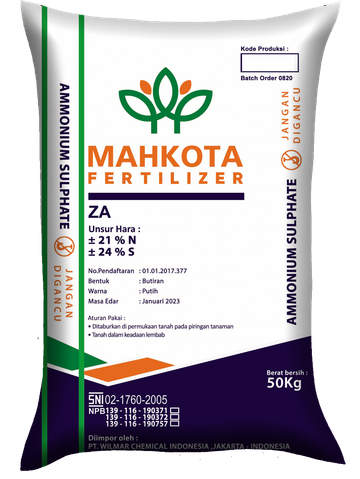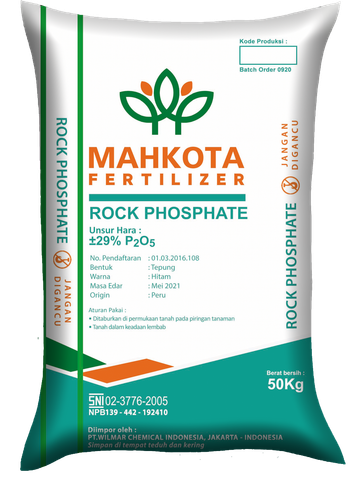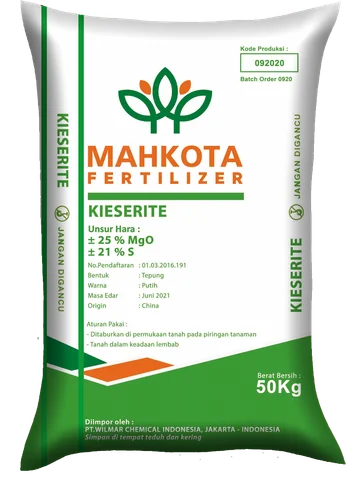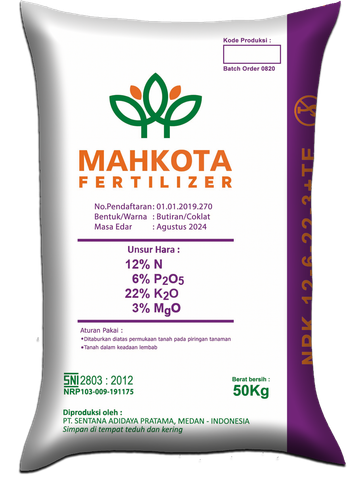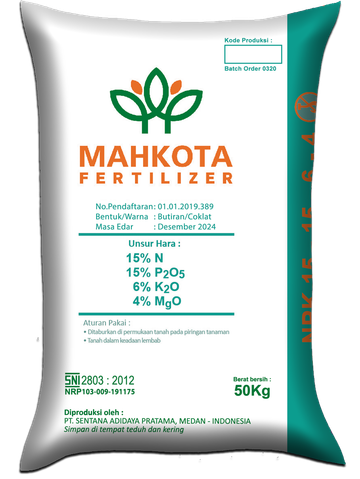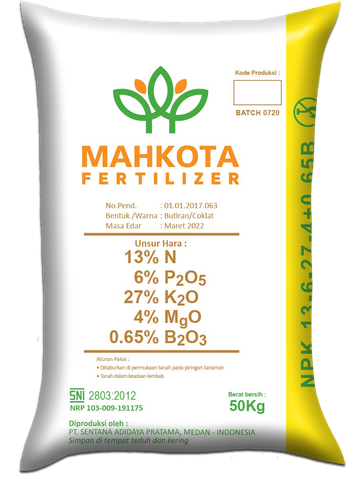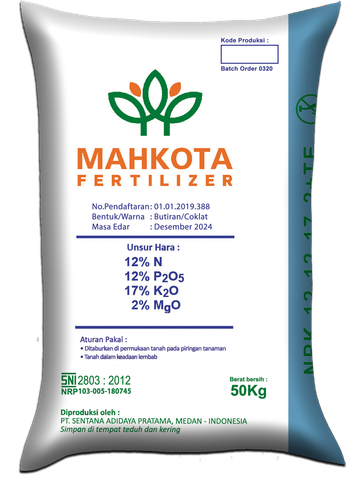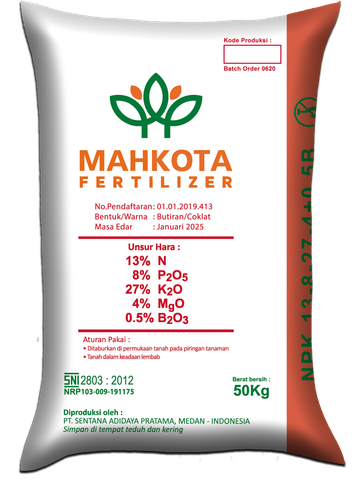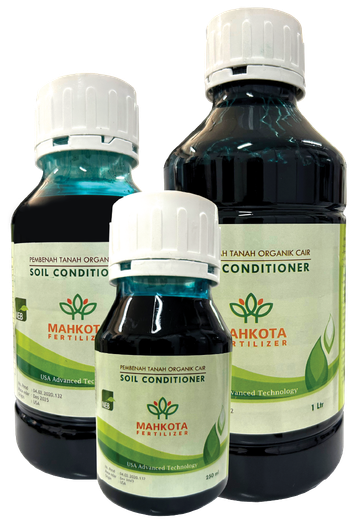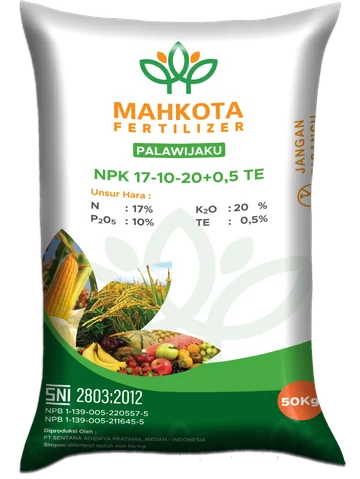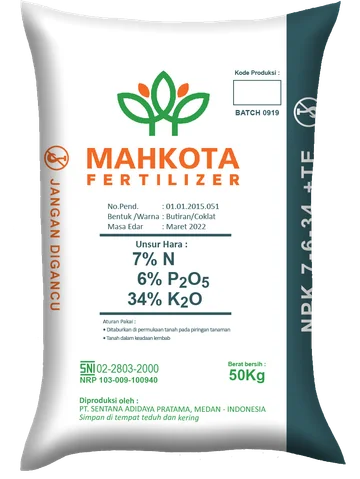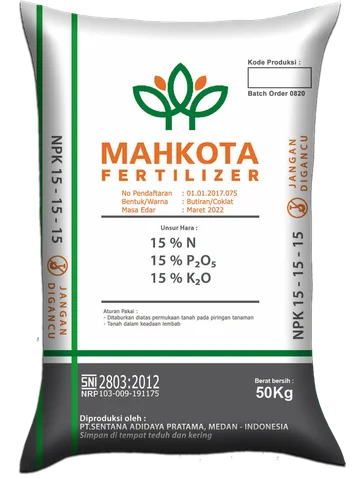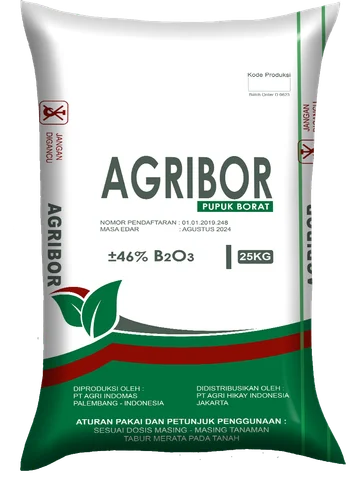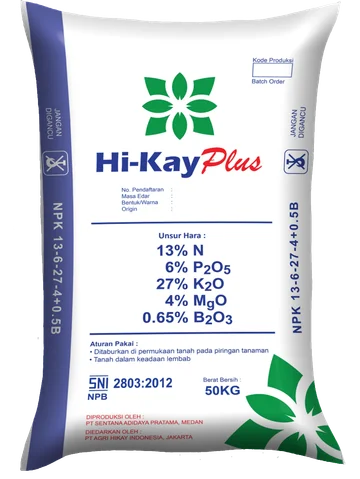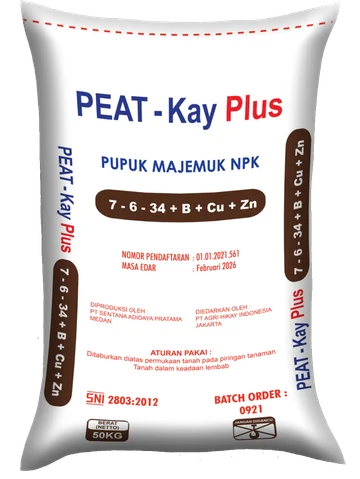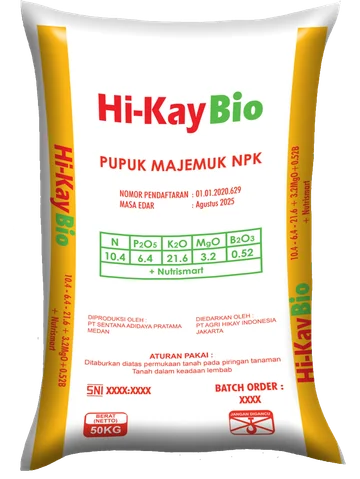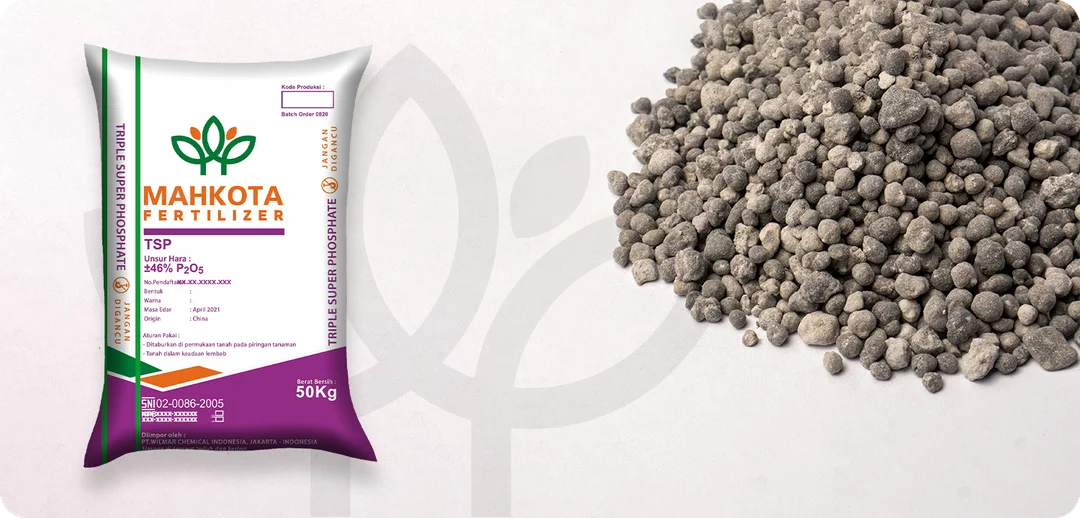
TSP
TSP (Triple Super Phosphate) fertilizer is one of the earliest phosphorus fertilizers with a relatively high phosphorus content, widely used in agriculture. Technically, it is known as calcium dihydrogen phosphate or monocalcium phosphate, with the chemical formula [Ca(H2PO4)2.H2O]. While TSP is an excellent source of phosphorus, its use can be substituted with other phosphorus fertilizers, such as Rock Phosphate, SP36, DAP, and others.
Agricultural Usage
TSP fertilizer offers several agronomic benefits that make it popular as a long-term phosphorus (P) source:
- TSP contains the highest phosphorus content among dry fertilizers that do not include nitrogen (N).
- Approximately 90% of the phosphorus in TSP is water-soluble, making it readily available for plant uptake.
- When applied to moist soil, TSP granules dissolve quickly, creating an acidic reaction in the soil.
- TSP also contains 15% calcium (Ca), providing an additional essential nutrient for plants.
Fertilizer Management
During application, all types of phosphorus fertilizers, including TSP, should be carefully managed to minimize nutrient losses due to external factors such as run-off, leaching, and others. Phosphorus carried by water into open water bodies, such as lakes or reservoirs, can lead to algae blooming (excessive growth of algae), potentially disrupting local ecosystem balance.
Fertilization Recommendations
Given the varying phosphorus requirements of crops, TSP fertilizer has a wide range of applications. Almost all cultivated plants need phosphorus, but the dosage of fertilizer may vary depending on the type of crop and other influencing factors.
Please refer to crop-specific fertilization recommendations to achieve optimal results.

